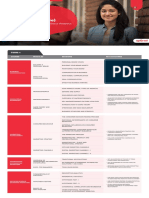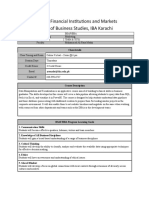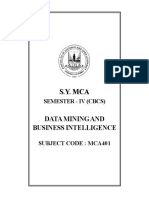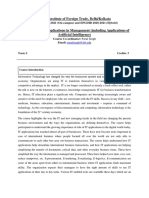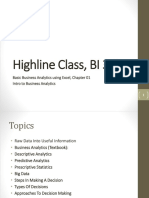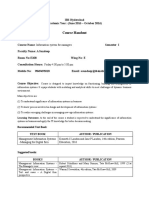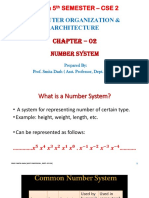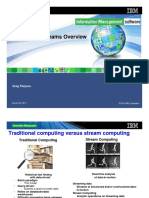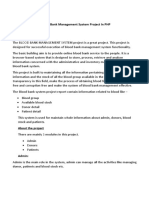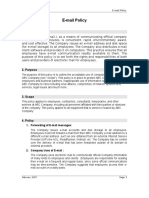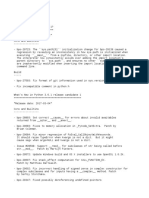0% found this document useful (0 votes)
130 views6 pagesBusiness Intelligence Course Overview
This course introduces students to business intelligence methods that support decision making. It will help students understand business analytics strategies using data mining and data warehousing. Specifically, students will learn to explain fundamentals of business intelligence, identify concepts of business analytics, compare strengths and limitations of data mining models, and apply business intelligence methods to different situations. Key topics include data warehousing, data mining techniques like cluster analysis, and developing business intelligence systems.
Uploaded by
Vasavi PuppalaCopyright
© © All Rights Reserved
We take content rights seriously. If you suspect this is your content, claim it here.
Available Formats
Download as DOCX, PDF, TXT or read online on Scribd
0% found this document useful (0 votes)
130 views6 pagesBusiness Intelligence Course Overview
This course introduces students to business intelligence methods that support decision making. It will help students understand business analytics strategies using data mining and data warehousing. Specifically, students will learn to explain fundamentals of business intelligence, identify concepts of business analytics, compare strengths and limitations of data mining models, and apply business intelligence methods to different situations. Key topics include data warehousing, data mining techniques like cluster analysis, and developing business intelligence systems.
Uploaded by
Vasavi PuppalaCopyright
© © All Rights Reserved
We take content rights seriously. If you suspect this is your content, claim it here.
Available Formats
Download as DOCX, PDF, TXT or read online on Scribd
/ 6
